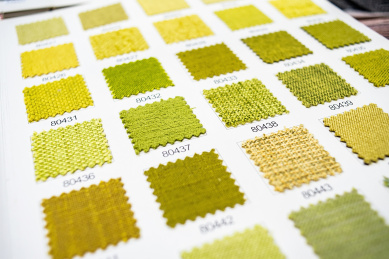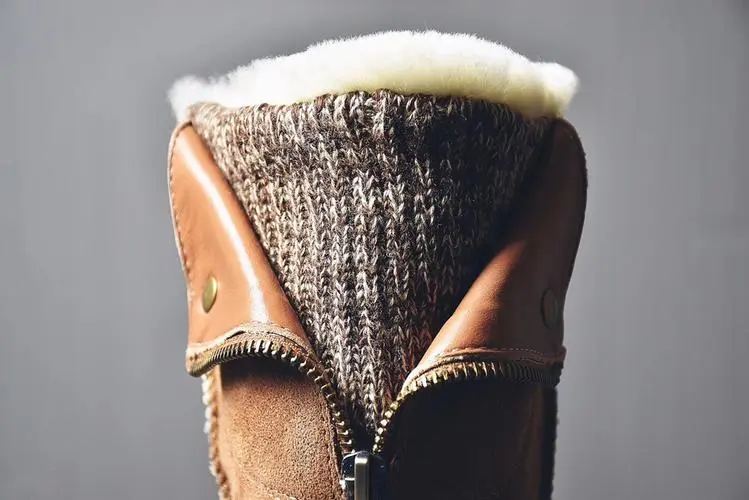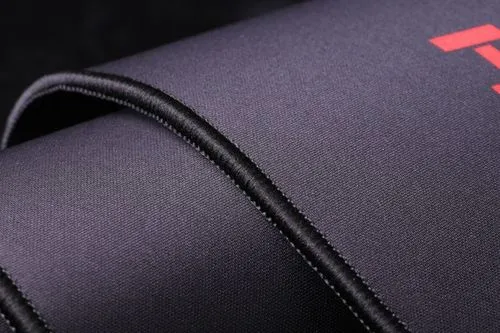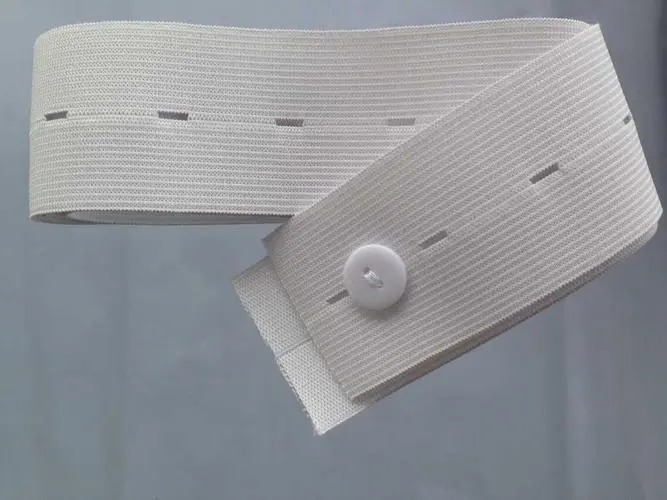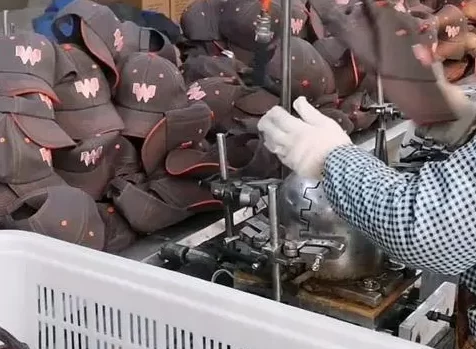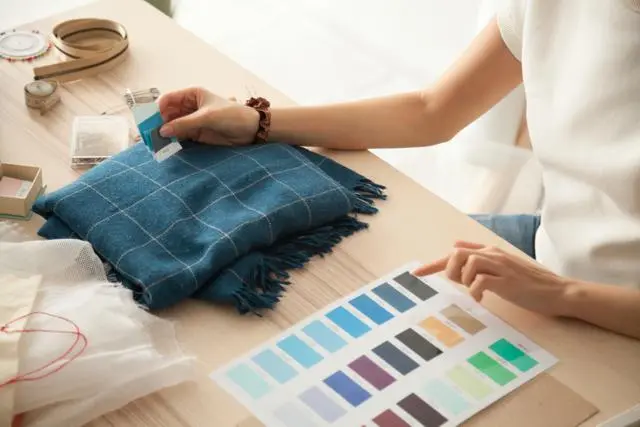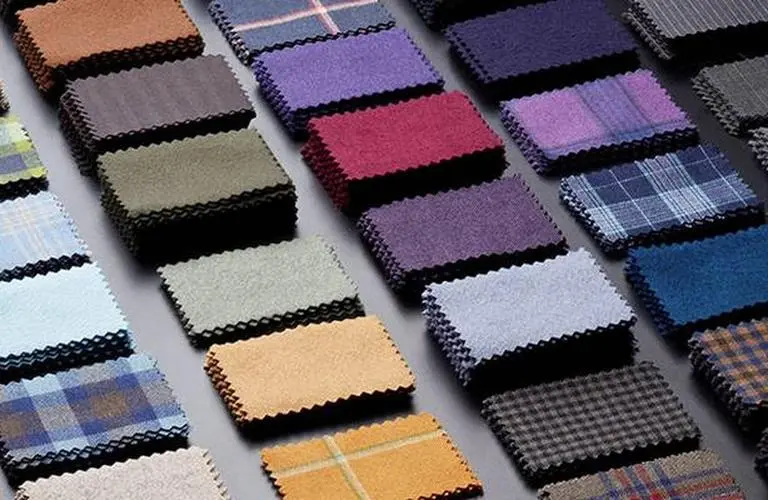Basics Quality
Maximising guest satisfaction and getting things right the first time. Quality is the quality of the product, superior versus inferior in the same category.
QC
Focuses on checking whether the process of goods in the production process meets the design specifications. The inspection reveals the quality situation in the factory and gives timely feedback to the higher authorities to take necessary measures.QC’s expertise should be comprehensive, with a strong sense of responsibility and foresight to take proactive measures to prevent problems from occurring.
Tolerance
It is the maximum and minimum limit of acceptable size for each part of a
garment.
Serious Defects
Affecting the wear life of the
garment, the appearance and usage of accessories in the wrong amount, and workmanship practices that do not meet the requirements of the order-making process.
Decisive defects
Defects affecting the quality and safety of garments and involving the customer’s brand mark (e.g. five-pronged buttons with exposed claws, off buttons, studded buttons off the line, insufficient tension, coils, off the main mark, metal and gravel in the shirt).
Three major defects
Handwork, oil stains, size. The most difficult defect to control is size.
Objective
To satisfy our customers by carefully and efficiently making the quality of goods meet or exceed their requirements.
Mentality
Seriously do my job around the quality of the product, and make a clear distinction between public and private.
Master Mark
The customer ready-made clothes brand identification, suitable for wearing body type range.
Wash mark
Guest style number,
fabric composition, origin, customer company name, address, contact number, washing method and temperature, drying method, ironing method and temperature.
Definition of finished product quality
Product appearance, material composition, workmanship, raw materials on the product (waste), product size.
Packaging
Pieces, hangers, stickers, plastic bags, main hanging tags, price tags, colour and size matching ratio, carton size, box mark, carton damage.
QC work procedures and methods
1. Understand the customer’s quality requirements,
product characteristics, business purposes and concepts.
2. Prepare all the information for checking goods: sample office, making list, material card, cloth colour card, car printing information.
3. Digest the relevant information in detail, understand and master the main and auxiliary materials of the goods and technical requirements.
4. Understand the factory production progress from the person in charge of the factory, so as to arrange the time to check the goods.
5. Check the sample office, material card, colour card for the same colour and code, and check whether there is any mistake, wrong matching.
6. Check the quality and technical standard of goods production.
7. Make a written report and draw back the representative defective products to the company for decision.
8. Give a person a competent and neat, professional, generous and well expressed image, differences about product quality to communicate and solve the differences in a tactful and co-operative manner.
9. The inspection report should be neat and tidy, the text should be concise and clear grammar, serious major problems should be written in the head of the eye-catching and with the indication of symbols.
10. The goods checked should be placed neatly, orderly, genuine, defective products are separated, and call the person in charge of the factory to view, so as to avoid being checked by the unit of counter-complaints.
QC inspection rules
1. Appearance:
Shirt shape, trousers shape plain clothes, smooth or not?
2.Fabrics:
A. Is the composition and weight in accordance with the requirements of the order?
B. The yarn specification of the fabric.
C. The
colour fastness of printing and dyeing of the fabric (can be tested by the simple method of rubbing with white paper or white cloth).
D. The colour of the
fabric (whether the pattern and colour meet the requirements).
E. Whether the fabric has any yarns, knots, drawstrings, coloured yarns and twisted patterns.
4. Degree ruler:
Flush colour, flush code, flush flower 4-6 pieces each.
5. Handwork:
A. Whether the style is wrong or not.
B. The width and colour of the fabrics are different.
C. Stitch tightness, stitch spacing, smooth and even stitching.
D. Symmetrical balance of parts.
E. Whether the thread is clean.
F. Whether there are oil stains, stains.
G. Whether there are holes, burst mouth.
6. Packaging method:
Hanging tags and stickers, colour, size, number of matching, box mark.
Follow single work content requirements:
Familiar with the whole process of
garment production, understand the performance characteristics of various types of clothing materials, equipped with the situation, can accurately follow up the progress of clothing production.
Procedures and methods:
1. Ready for all the relevant production information, including a variety of physical samples (such as material cards, cloth colour cards, pre-production office, etc.).
2. Detailed reading, digesting production information, clearly know the single goods on the
fabrics, accessories needed.
3.Calculate and approve the single goods used to the variety of accessories, colours, specifications, dosage, loss. Material calculation and approval of the general methods and steps:
A. Cutting bed (fabric, Park, under the bar, etc.)
B.Workshop start to finished products (line, zip, mark, eyelet, card, chapter, rope, tape, etc.).
C. After the whole package (buttons, hangers, the main tag, price tag, copy paper, plastic bags, cartons, stickers, etc.).
4. Always follow up the factory production progress, as far as possible in advance of the single goods with a variety of materials needed to ensure that the delivery date.
5. Often maintain good communication with the supervisor and the production departments, in order to obtain the latest, most accurate production situation and good co-operation in response to the boundary in the scope of competence of the work of the problem, as soon as possible with the supervisor and the relevant personnel to communicate the views, and strive to solve as soon as possible.
Material type details:
Where the material calculation should pay attention to the variety, specifications, colour, texture, the amount of a single piece to be added to the loss of spare 3%.
1.Before cutting :
A. Main material:
cloth – face cloth, lining cloth, bumping colour cloth, piping cloth, button cloth.
B.Hard Park, Soft Park, T/C Cloth Park, Elastic Park, Sticky Park, Non-Sticky Park.
C .Cotton, inter-cotton, non-inter-cotton, chest lining cotton, shoulder pad cotton.
2.Workshop :
A .Thread: colour matching thread, colour hitting thread, embroidery thread.
B.Marks: the main mark, size mark, origin mark, washing composition mark, factory mark, chapter, leather plate (before and after washing).
C. Zip: tube zip, bag zip, cap zip, velcro.
D.Rope: shoulder rope, cap rope, waist rope, Joe root rope, herringbone belt, ribbon, skirt headband.
E. Rubber roots: pay attention to
shrinkage, length, width.
F. Cutting pieces for turning and printing.
G.Special tools: turning needles, special presser foot, jig, pull tube, lapel machine and so on.
3.After finishing:
A. Buttons: horn buttons, I-beam buttons, buckles, studs, iron plates, rush buttons, etc..
B. Hangtags, hangtags, price tags, computer cards.
C. Packaging materials: copy paper, glue clips, glue needle (length, colour), big head pin, collar strip, plastic bags, cardboard, cardboard boxes, cartons (three pits, two pits, a single pit), box mark, plastic bags printed size and location, sealing glue, packaging tape.
Follow the single clerk job responsibilities
1. Carefully digest the single
Goods contract number, model number, production information, composition, colour, size, quantity, packaging information.
2. Dispatch orders to the factory
Order materials, verify paper samples, review and approve the sample office, calculate the amount, cutting bed plan.
3. Grasp the manufacturing process quality requirements, audit accessories, follow the delivery date.
4. Check the price of goods
A. Medium-term: mark size, cut piece size, workshop manual, car printing information, all accessories, etc., and make the corresponding statement records, and communicate with the production side to solve and improve the relevant defects in the method.
B. Last period: the goods all leave the production workshop, more than 50% of the package. Check the size, handmade, oil, stitch length, cloth quality,
colour difference, stop structure.
5.Packing
Ironing, folding methods, box models, colours, sizes and ratios, make up a list of boxes.
6.Take back the remaining materials
The main work of the followers: carefully control the entire production process, grasp the quality,
quantity, delivery date of the three elements.
Check goods procedures
1.Check the goods before attention:
A. first look at the goods check whether the information is complete, if you find any errors and omissions should be proposed and corrected in a timely manner:
a Including the contract number of goods, model number, colour, size, quantity, composition, packaging information.
b The goods of the shirt office and re-opening information.
c Photocopies of the product’s office orders, production size charts.
d The location of the car printing, the same colour sample office and pattern sample (even split colour), colour matching.
e Cloth colour card, material card and its matching, location.
B. The checker must check with the relevant departments to see if there is a pre-shipment office for reference, if there should be reference office and check the file of the
goods of the Office of the single pattern, to make a comparison of the verification, if there is a difference, should be put forward as soon as possible to raise the issue and timely improvement.
C. Before shipment should call the factory, review the batch of goods quality, progress, production.
2. To check the goods point and check the goods should be noted:
A. First find the factory and the factory responsible person to explain their identity and intention.
B. To understand whether the factory workshop for the company’s goods processing, whether there are other models of goods in processing.
C. Check the production progress of the goods and recorded in the goods inspection report.
D. Check the goods:
a Intermediate: marking size, cutting size, workshop manual, car printing information, all attached material, and will have defective goods quickly notify the factory to make changes and turn the executive.
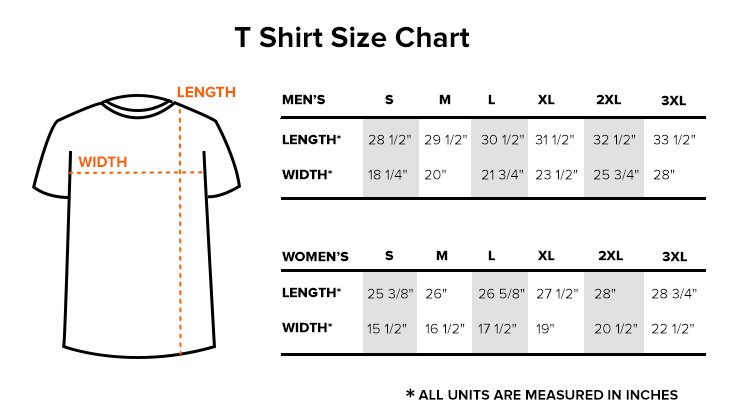
b End period: the goods should leave the workshop for finishing and more than 80% of the goods should be boxed.
E In addition, check the handmade and size. Also, check the packaging accessories and box mark for mistakes. Look at the method of packaging goods and the number of correct colors. Check the model number and if the contract is the same. If there are errors, tell the right people to fix them
F If goods have issues after inspection, notify the factory manager. They will fix problems and recheck items before accepting them. For serious issues, return items to the company. The supervisor will decide the next steps. QC must notify the factory to pause future shipments. Record all relevant details in the inspection report. Include inspection date, nature, location, factory name, quantity, results, and defects. Both QC and the factory manager must sign the report. Before leaving, QC will keep a copy of the report and match it with the inventory.
Factory Order Follower
The order follower is the first link in the production quality management system, with great responsibility for the work, and must have absolutely cautious and serious working attitude.
Craft manufacturing order: after receiving the customer’s information, the order-keeper will make a detailed manufacturing order according to the information, and the following matters must be indicated on the manufacturing order:
1. Fabric, lining with what cloth, what colour, what colour number.
2. What kind of lining, colour and position of bonded lining.
3. The colour, specification, quantity and place of zip, lace, rope and ribbon.
4. The material, colour and number of threads.
6 .Quantity allocation table: the quantity of the order, the size and colour of the allocated number.
7. Size table: the specific size of each part of each yard.
8.Car printing: car printing colour matching, size, position, effect.
9. Technology: sewing portion of the stop, folded edge of the portion and process instructions.
10. Marks: the main mark, composition mark, wash mark, origin mark, factory mark, leather plate, rubber chapter, the content of the chapter, location and washing before and after the car.
11 .Washing method.
12 . Knob door, button size and location.
13. Ironing method.
The above content must be one by one to check the customer information to do, if the guests have changed in the middle of the order, the order taker must be the first time to change the list and notify the relevant production departments. In addition, the guest to the factory fabrics must be the first time to check, there is a mistake, then immediately notify the customer to return in order to avoid delays in the delivery date. The sewing workshop must go to the workshop to check the quality of the products after the payment.
Quality management of production factory
The problems affecting the quality management of production are as follows: the quality of management personnel, management methods, the technical level of turners, and the quality of equipment.
1. The quality of management personnel must have
A the ability to find problems: find the existence of problems and easy to occur problems in the process of anticipation of preventive measures, including: the process of goods, the staff’s thinking and staffing arrangements, workshop installations and furnishings, the use of
equipment and the basic maintenance, the workshop’s cleanliness and resource savings, the handover between departments.
B Improvement and implementation capacity: in accordance with the conditions and environment (the full use of existing manpower and equipment, the abolition of blockages, obsolete objects, the addition of necessary equipment, personnel transfers, the distribution of salaries). C Technical level: Knowledge of garment production processes.
C Technical level: Familiar with the process of garment production, know the operation method of each process, have a unique view of the difficult process, familiar with the price of each process.
2.Management method
A Check whether there is any mistake in material before opening: cut piece, car printing, mark, zip, rope and belt.
B Check whether there is any mistake in the actual sample.
C Teach workers the operation method and quality requirement of each process.
D Check the first product on the assembly line for handwork and size conformity.
E Adjust the assembly line to prevent blockage.
F Enhance employees’ concept of product valuation.
G Unify the operation method and fix the basic production process of workers to improve the quality of
goods and production efficiency.
H In order to make it easy for the workers to produce and perfect the shaping requirements that cannot be completed in the big ironing, the middle ironing and small ironing process should be added.
I Training of new workers, treating the workers should be guided and taught carefully, not forced.
J Every afternoon to arrange the next day’s production and shipments.
3.Turning skill level
Turner’s skill level is measured by the beauty and speed of the new process and the
products produced, general turner should do the following things:
A know how to adjust the line.
B Do the car table neat, work the first time to wipe the car.
C Strictly in accordance with quality standards.
D Adjust the number of stitches according to customer requirements.
E Three lines, four lines, five lines of lockstitch car stop cut amount can not be greater than 1/8 inch.
4.Equipment
Good or bad
equipment directly affects the quality of the goods produced, maintain good equipment to improve product quality and productivity, equipment should be cleaned and maintained regularly, failure should be repaired in a timely manner.
5.Tail Department
It is the department to post finishing the finished products produced in the workshop, the quality management is controlled from the following departments:
A Buttons, dates: to be reinforced according to the requirements of the guests, pay attention to the location, size, not to miss playing, not to skip lines.
B Button door, phoenix eye: pay attention to the location, size is in line with the size of the button, line, knife edge, phoenix eye with tail and without tail.
C Check, ironing, packaging attention to handmade, size, the appearance of plain clothes, packaging materials, box with.
Production department check content
1. Cloth inspection
First of all, to determine the width of the cloth, cloth head, middle and tail should be measured; measurement of colour difference, cloth side to centre, side to side, head to tail inspection process should be stopped at least three times (start, middle, end) to see whether the
colour difference meets the requirements; cloth inspection report should be filled in the length of the label and the actual length of the (knitted fabric counting weight).
A. 15% of the number of each cylinder of cloth drawn according to the four-point system of inspection
Deduction method:
Calculate the scoring method:
(Total score 11 points ÷ total number of yards checked 4 yards) X (36 inches ÷ available cloth cover <42 inches>) X 100 = 235/100 square yards
If the total score is less than or equal to the average score of 21 points this single cloth can be accepted, if more than the average score of 21 points this single cloth is not acceptable.
B. If the sampling check is burst, then another 15% or all of the sampling check should be done, and fill in the report of the cloth inspection. In order to ensure the accurate evaluation of the whole tank of cloth, to the cloth group or general manager to deal with.
C. Approve the cloth inspection report in triplicate, one for each order department, cutting machine and QC department.
2. Checking of cut pieces
A. The models without embroidery/printing will be 100% checked according to the
instructions of the fabric inspection report and the requirements of the customers, and the defective pieces will be cleared before the pieces are delivered to the workshop.
B.To be embroidered and printed pieces must first pass 100% full inspection before being sent out to print/embroidery, print/embroidery must pass 100% full inspection after returning before being allocated pieces to the truck room.
C.And each type should fill in the embroidery/printing loss analysis form.
3. Investigation in the workshop
A. Each team should have 1_2 inspectors to check the handwork of each car park.
B. Each workshop inspector must know clearly the quality requirements of each customer’s goods, size specifications and
measurement methods.
C. Each random inspection of each car park manual to fill in the quality inspection form, in order to facilitate the statistics of each car rework rate.
D. Car park workers to make the goods have serious problems to the team leader in a timely manner, the director of the reflection, and to car park workers to return in a timely manner to implement good.
4. Workshop total check
A. After each finished product should firstly check the size of the colour and code, and fill in the size report.
B. The finished product of each type of goods must be 100% check over the handmade, no defects before the end of the drop shipment.
C. Manual defects in the finished product must be returned to the car to repair, repair and pass the inspection before the end of the drop shipment.
D. Rotten holes, oil stains and other sub-shirt to be separated and noted before the goods to the tail.
5. Initial inspection and review after ironing in the tail department
A. Each item must be measured after ironing, and the item with size more than tolerance should be returned to ironing, and the good shirts can flow into the initial inspection group only after the measured size is qualified.
B. After passing the measurement and size, all the
goods should be checked by the primary inspectors for handwork and ironing, and the good shirts without defects should flow into the review group.
C. The reviewer will check once more to make sure that the good shirts without defects will flow into the packing department.
D. Japanese single and children’s clothing should pass the needle checking machine and fill in the needle checking report.
For more information on textile testing methods/standards
or textile testing machines, contact us:
What’s App: +86 180 2511 4082
Tel: +86 769 2329 4842
Fax: +86 769 2329 4860
Email: medium@chiuvention.com



